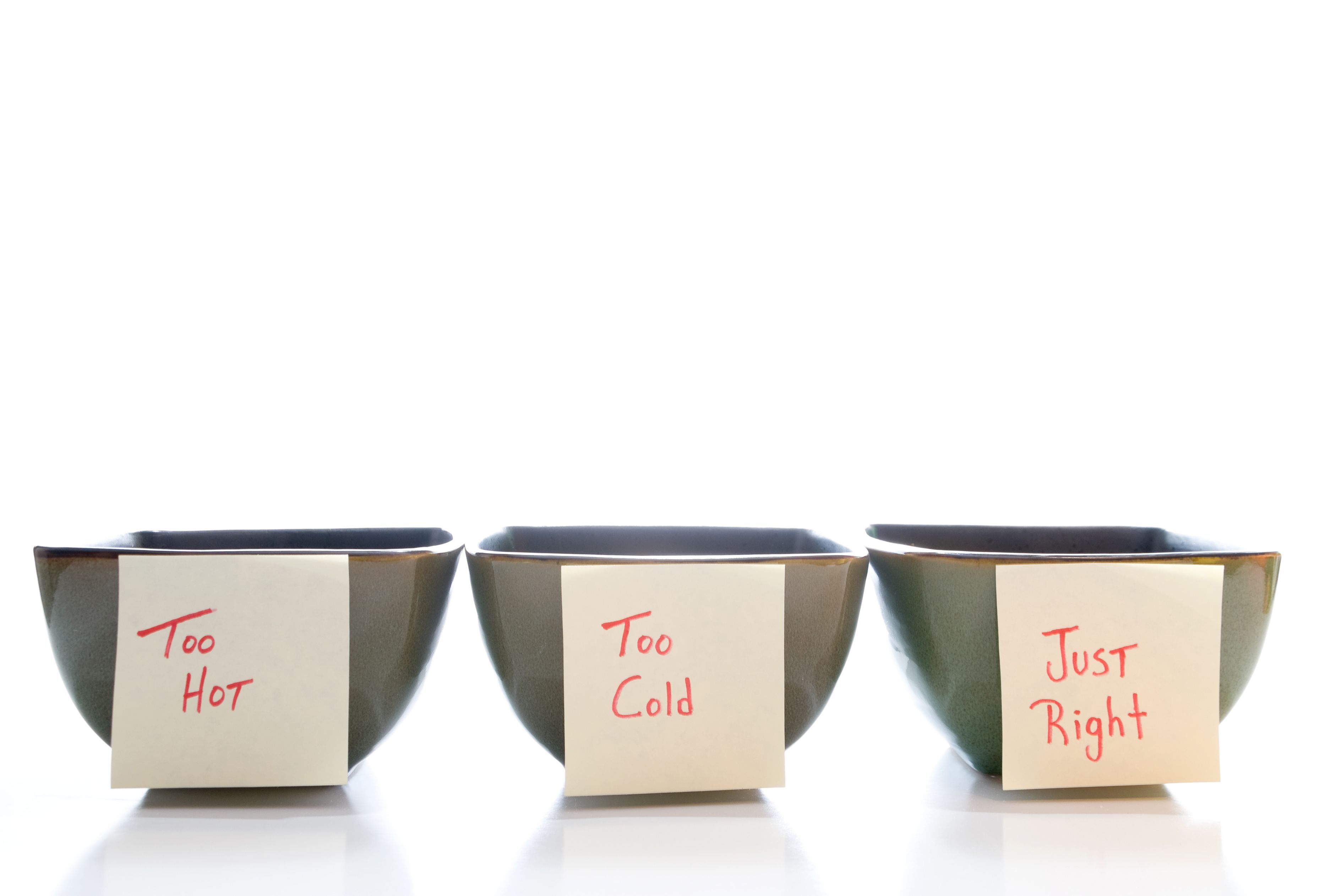Article
The Goldilocks Model for Assessing the New Anxiety Screening Recommendations
Author(s):
How can we increase assessment of anxiety without increasing other problems? Where is the balance?
Rob Byron/AdobeStock

PSYCHIATRIC VIEWS ON THE DAILY NEWS
It did not take any time for one of our Psychiatric Times™ editor, Leah Kuntz, to be sure we knew about the new US Prevent Services Task Force recommendations. Last Tuesday, for the first time, this Task Force recommended that doctors, practically meaning primary care physicians (PCPs), use anxiety screening tools for those aged 19 to 65. Only months before it had also been recommended for those aged 8 to 18. A main concern is that about 30% of people will sometime develop one of the anxiety disorders, but too often do not get help or the right help.
Their recommendations are open to public comment until October 17th. Here’s mine in terms of my initial questions.
1. Risk of Increasing Burnout
How will primary care physicians, already with a still rising epidemic rate of burning out, be able to incorporate testing for anxiety into their already often overwhelming practice?
2. Risk of Inadequate Resources
If abnormal levels of anxiety are picked up by PCPs, are there readily available resources to help?
3. Risk of Medication
If medications are relied upon for treatment of too much anxiety, how to control their overuse, addiction, or withdrawal problems?
4. Risk of Inadequate Anxiety
How do we assess levels of anxiety that are too low, contributing to unhelpful indifference?
5. Risk of Missing Screening
Since the level of anxiety often varies over time, what is a way to capture that outside of usual appointments?
In other words, is there a sweet spot for our anxiety that is strong enough to appropriately motivate us, say as I often feel in preparing for my weekly video, but not too strong to paralyze us? The beloved children’s story of The Three Bears suggests that there is as long as we can find it. Goldilocks tasted 3 different bowls of porridge and liked the one that is neither too hot nor too cold.
Anxiety can be said to be an emotional warning signal from internal thought processes, whereas stress is a response to external factors. Each of us has our individual thought tendencies which may be calming or concerning depending on our prior history and current external threats.
In early human history, the external threats commonly were predators or other situations necessitating quick action to survive. More recently, as the just broadcast Ken Burns series on “The US and the Holocaust” tragically depicts, other countries waiting too long allowed the deadly military expansion of Germany until it was almost too late to stop the Nazis. Now, what is the appropriate level of anxiety and response to the Russian invasion of one of the World War II killing fields of Ukraine? Strong cases can be made that we have not been appropriately anxious enough about the pandemic, climate, racism, and other social problems.
Since we in psychiatry are the experts about anxiety and experts are asked to respond, we should not be indifferent to this recommendation. So, what do you think about them?
Dr Moffic is an award-winning psychiatrist who has specialized in the cultural and ethical aspects of psychiatry. A prolific writer and speaker, he received the one-time designation of Hero of Public Psychiatry from the Assembly of the American Psychiatric Association in 2002. He is an advocate for mental health issues related to climate instability, burnout, Islamophobia, and anti-Semitism for a better world. He serves on the Editorial Board of Psychiatric Times™.





